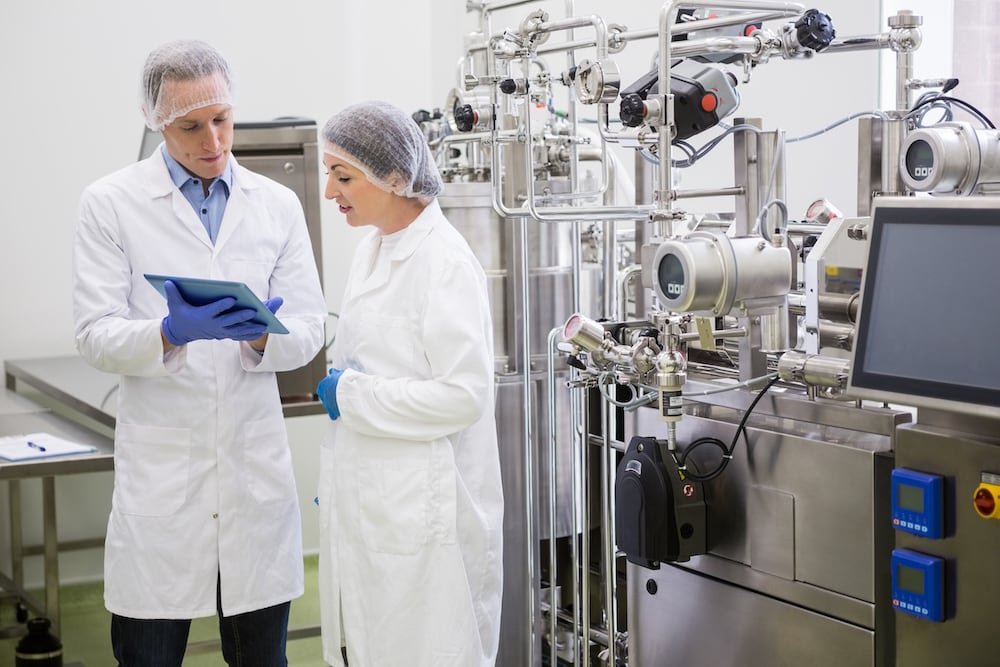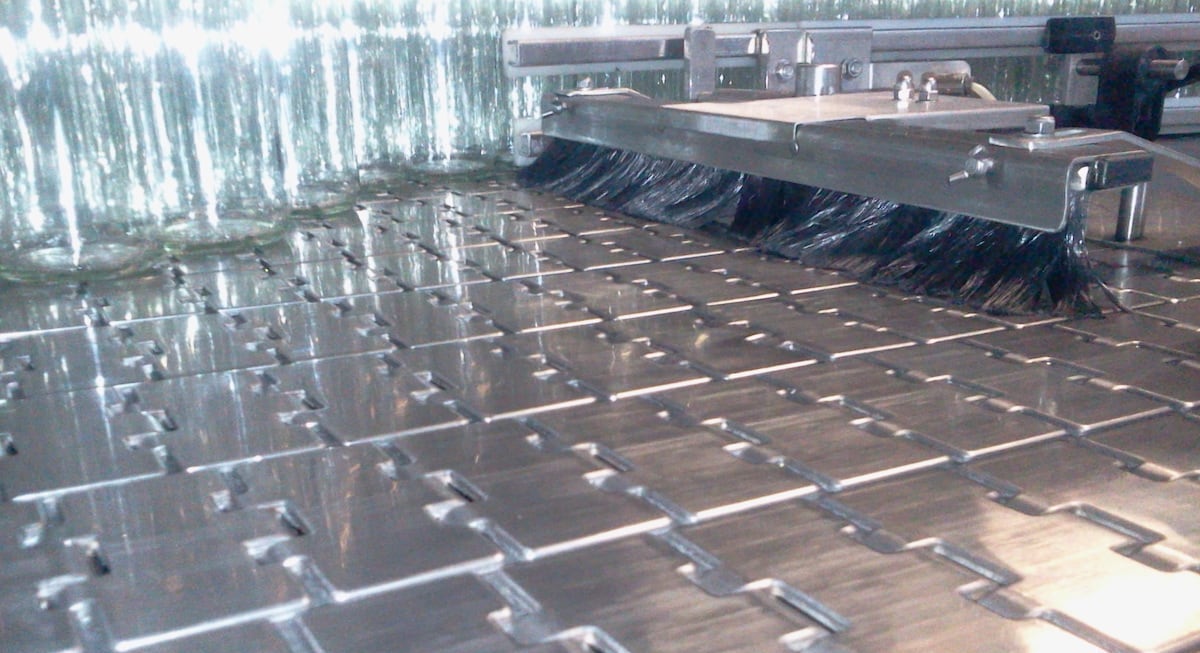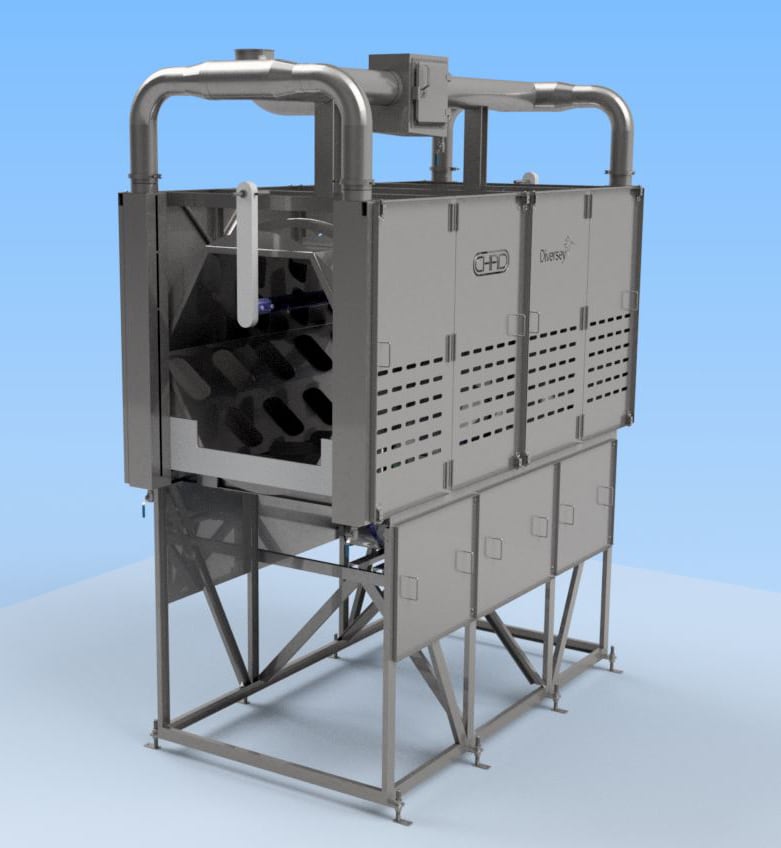Let’s make an 0.50 gram per liter solution of salt. It’s plenty soluble, and in fact will go to nearly 26%. From the 0.5 g/L solution we’ll take a 10.0 ml aliquot to a 1000 ml volumetric flask. What is the concentration of our final solution? conc (ppm) = (0.50 grams NaCl / 1000.5 grams solution) x ( 10.0 ml / 1000 ml ) x (1,000,000 ppm / 1) = 4.9975 ppm as far as a calculator goes. But our best precision was two significant figures, so we need to round the answer to 5.0 ppm That’s a pretty common way to make up a standard, say for ICP work, in the lab.
Here’s a fast trick:
1.0% = 10 grams per liter = 10,000 ppm, or more properly, 10 E03 ppm given the earlier significant figures discussion.
Now let’s do the same thing for molarity. First, we know salt is NaCl. Same thing as Na1Cl1 . So look up the molar weight in your periodic table for both Sodium and Chlorine. We get 22.9898 and 35.453, respectively. Molar weight for NaCl = (1 x 22.9898) + (1 x 35.453). The multipliers are the subscripts in the formula, in this case, the assumed “1”. Our molar weight is 58.4428 grams / mole. Here’s the calculation. You always multiply fractions so that things cancel out to get the units you want. You can always multiply something by one and not change the answer. That’s how we did the “million ppm’s in unity” fraction in the first calculation. Here goes:
For the first flask:
Molarity NaCl = (( 0.50 grams NaCl / 1.00 liter solution )/ 55.4428 grams NaCl/mole NaCl) = 8.5511 E-06, rounds to 8.6 E-06 moles per liter.
For the second flask we apply the dilution:
A 10 to 1000 dilution is the same as 1 to 100 by math, but it’s a lot more physically accurate to pipet 10.0 +/- .1 (error 1%) than 1.0 +/- .2 (error 20%). By math, all we need to do is lower the exponent by 2.
8.6 E -06 x 10.0 / 1000 = 8.6 E -08 moles NaCl per liter (aka molar NaCl solution)
Here’s a final wrinkle. If you need to know the molarity of Cl- (Chloride ion, assuming full dissolution in water) you can use a ratio against your first answer.
Molarity Cl- = molarity of NaCl x mol wt Cl / mol wt NaCl = 8.5511 E-08 x 35.453 / 55.4428 = 5.18728 E-08. > 5.2 E-08. Notice we went back to the precision answer for the calculation and did the rounding at the end of the work. Always. That’s the right way to do things.
For more information, see Chem 101 – Part 2, where we discuss acids and bases.
 Elis Owens, Ph.D., Director, Technical Services, Birko, can be reached at [email protected], 303-289-1090.
Elis Owens, Ph.D., Director, Technical Services, Birko, can be reached at [email protected], 303-289-1090.








